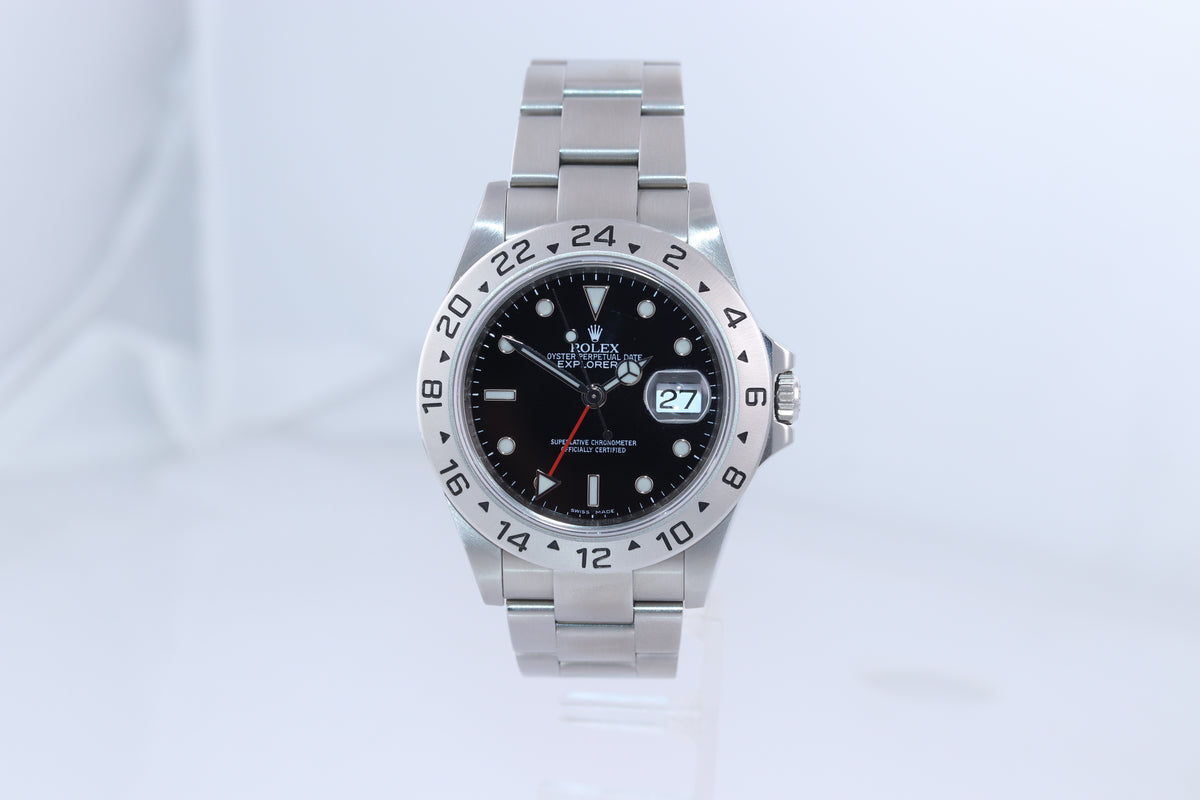
Some manufacturers produced many different movements with the same basic layout and identical train and keyless mechanism components, but with different patterns of cocks and bridges. The shape of the cocks and bridges is more of an aesthetic consideration so long as all the pivot holes and screw holes are in exactly the same places, then cocks and bridges of very different shapes can be freely interchanged. It is only the physical shapes of the parts that are important. Note that any decoration applied to the upper plate, cocks and bridges, such as perlage, damascening or gold plating, is irrelevant. So long as all the pivot holes and screw holes are in the same places, the actual shape of the cocks and bridges is irrelevant. Manufacturers altered the appearance of their movements by changing the top plates, the cocks and bridges but the basic layout remained much the same. The apparently huge variety of Swiss watches is explained by this phenomenon: once the basic layout in a round movement of the barrel, train wheels, escapement and balance was arrived at, there was little scope, let alone need, to change it. This is partly because of similarities between the products of different manufactures, but is exacerbated by mass producers altering the shapes of bridges and cocks for different customers. Although some movements are well recognised, others are less easy. It is often difficult to identify movements from the shape of the top plates or bridges alone. If you have any questions or comments, please don't hesitate to to get in touch via my Contact Me page. I don't mind you using these for your own personal research, but if you want to use them elsewhere such as on an internet forum, a web site, or in a publication, please read my copyright notice first and include attribution, or at least say where you got it from. If you click on the pictures a bigger one should pop up in a new window. If you have the movement serviced, cleaned and oiled, which all mechanical movements need every few years, ask for both sides of the bottom plate to be photographed.

There might be a manufacturer's trademark concealed on the bottom plate under the dial, or even under one of the cocks or bridges mounted on the bottom plate as in this Mystery Movement. If I was tempted to have a look for a movement that you sent a picture of, without knowing its size I wouldn't even make a start. If you don't know the size of a movement, you haven't even started the identification process. The first step in identifying a movement is to determine its size. Unfortunately, if I don't recognise one I don't have the time to plough through catalogues trying to identify one unless it is something unusual or interesting. There are thousands of different movements, many of which look very similar. There are no modern (post-WW2) watches, electrical, battery or quartz watches.

The page doesn't show movements with maker's names on them, it identifies some otherwise unidentified movements found in the type of watches that I collect, which are principally Great War era men's wristwatches with 12 to 13 ligne movements. It is a small selection of often unidentified old movements that I have been able to positively identify. Please note that his page is not intended to be a comprehensive reference of watch movements, of which there are hundreds, possibly thousands.




 0 kommentar(er)
0 kommentar(er)
